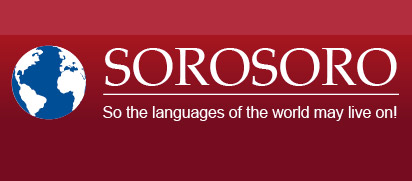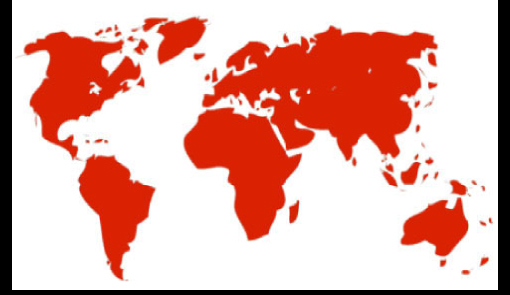Print  |
|

Pitjantjatjara
Data collected by AUSTLANG
Data on thePitjantjatjara language
Alternatives names:
For a full list of alternative names and spelling, see Austlang
Classification: Macro-Pama-Nyungan, South-west, Wati languages
Note: Pitjantjatjara belongs to the Western Desert dialect continuum. It is mutually intelligible with the other closest dialects such as Yankunytjatjara. As it is one of the best described and most spoken of these dialects it is usually refers to as a “language”.
Area: Australia, Northern Territory and South Australia
Mann and Tomkinson Ranges northwest to the eastern end of the Rawlinson Range, W. Aust.; west to the east side of Mount Hinckley and Wingelina; southwest to Mount Blyth, Birksgate Range, and near the north side of Lake Wright; east to Mounts Kintore and Caroline, Butler Dome, and Stevenson Peak; north to Lakes Amadeus, Neale, and Hopkins; in the western Musgrave Ranges east only to Oparinna. Kalaiapiti in the Mount Sir Thomas Range was their ultimate refuge prior to the 1914-1916 period of major drought during which they were driven to usurp the eastern Musgrave Ranges from the Jangkundjara, who were in turn by 1917 forced to shift southward, making the Everard Ranges their principal home; some then shifted south toward Ooldea and are now (1971) living at Yalata (Tindale 1974).
Number of speakers: The 2005 National Indigenous Languages Survey Report estimated 3000 speakers of Pitjantjatjara, whereas the 2006 Australian Bureau of Statistics Census counted 2657 speakers.
Language vitality & transmission :
Unesco considers Pitjantjatjara to be a “vulnerable” language, Austlang considers Pitjantjatjara to be “definitely endangered” (grade 3)
Sources & Bibliography
Goddard, Cliff. 1992. Pitjantjatjara/Yankunytjatjara to English dictionary. Alice Springs: IAD Press.
Goddard, Cliff. 1993. A learner’s guide to Pitjantjatjara/ Yankunytjatjara. Alice Springs: IAD Press.
Glass, Amee, Hackett, Dorothy, and Newberry, Bernard (eds). 2003 Ngaanyatjarra-Ngaatjatjarra to English dictionary. Alice Springs: IAD Press.
See the Austlang website for a complete bibliography on Warlpiri.
Maps
Tindale, Norman. 1974. Tribal Boundaries in Aboriginal Australia. Canberra: Division of National Mapping, Department of National Development.
Institute for Aboriginal Development Incorporated. 2002. Central Australian Aboriginal languages – current distribution (map). Alice Springs: IAD Press.
Links
Ethnologue page on Pitjantjatjara
Anangu Pitjantjatjara Yankunytjatjara website
Please do not hesitate to contact us should you have more information on this language: contact@sorosoro.org








